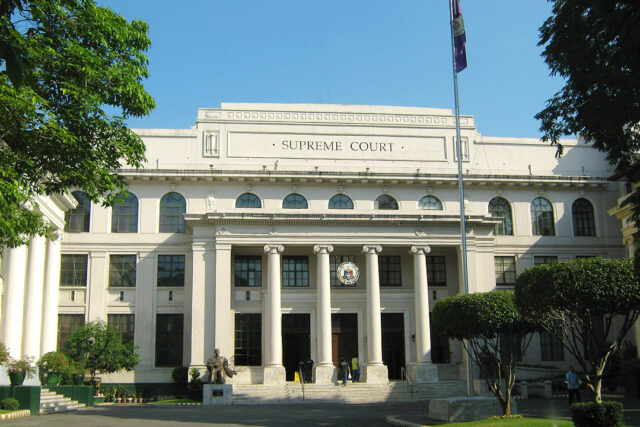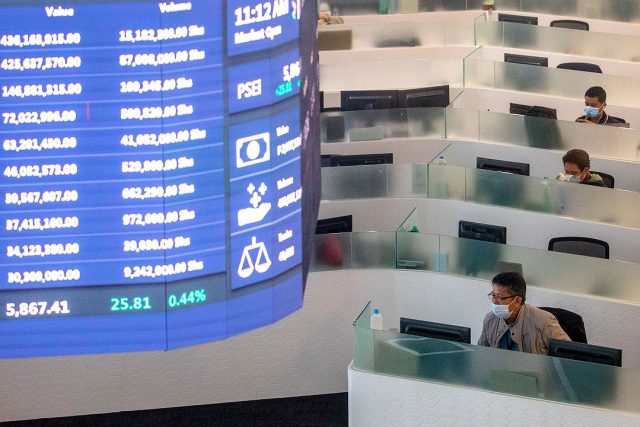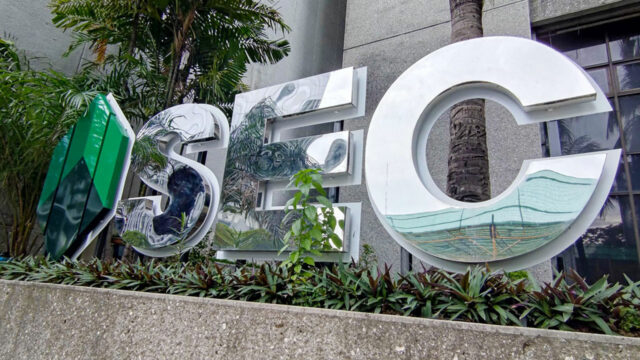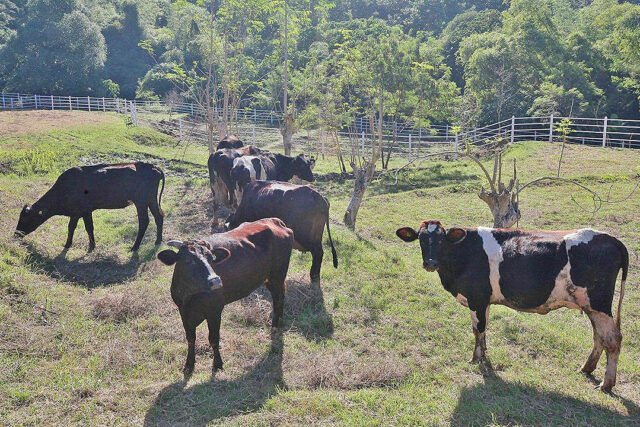SC asked to nullify Taguig ordinance
A FORMER Associate Justice of the Supreme Court (SC) on Monday asked the high court to nullify an ordinance passed by the Taguig City Council last month that expanded the number of councilor seats in the city to twelve from eight.
Former Associate Justice Dante O. Tiñga said the move was illegal and overstepped the council’s authority.
According to him, the ordinance, enacted on Sept. 16, would increase Taguig’s council seats to a total of 24 across its two councilor districts from 16.
He contended that this adjustment requires a law passed by Congress, as local councils are not empowered to unilaterally increase councilor seats.
He cited three main points: the resolution did not undergo the Constitution’s prescribed three readings, and it lacks the president’s signature. He also cited a decision, in which the SC ruled in the case of Ang Nars Party-List, et al. v. The Executive Secretary (2019), declaring that even a Joint Resolution approved by both Houses of Congress and signed by the President as “void and unconstitutional” as it amended a provision of an earlier law.
The petition also named the Commission on Elections (Comelec) as a respondent for promulgating the ordinance through a resolution, alongside both chambers of Congress for endorsing it via a concurrent resolution.
“The action of the Comelec was based on the Sangguniang Panlungsod ordinance and the sense of the Senate and the House of Representatives via a concurrent resolution. Meaning, we did not act based on capriciousness, arbitrariness, and in a despotic manner but in ensuring that the electorate of the 10 barangays are not disenfranchise[d],” Comelec Chairman George Erwin M. Garcia told reporters in a Viber message.
“In several instances, the SC gave us leeway or elbow room just to ensure equal opportunity for all in the conduct of orderly and peaceful elections.”
Taguig City Mayor Maria Laarni “Lani” L. Cayetano did not immediately respond to a text message seeking comment. — Chloe Mari A. Hufana











